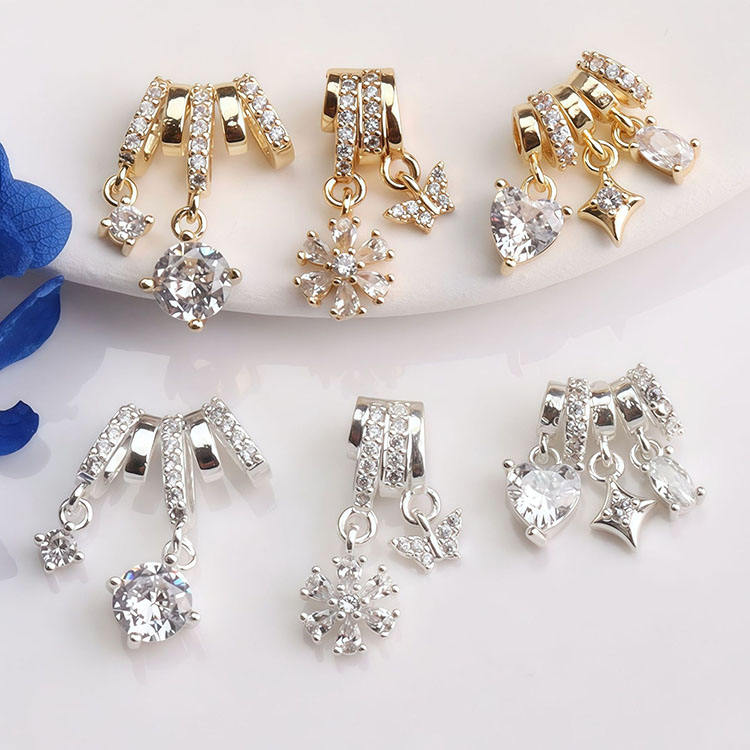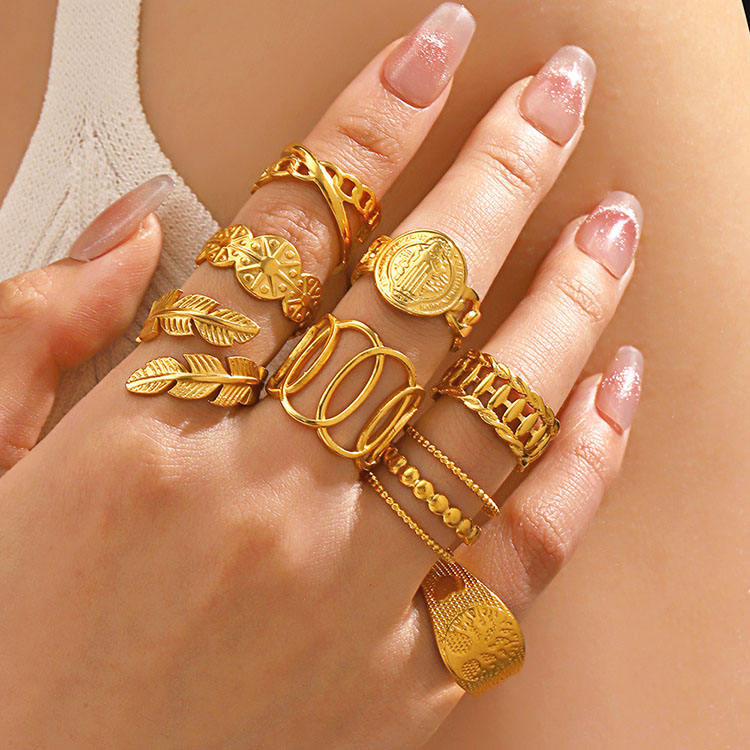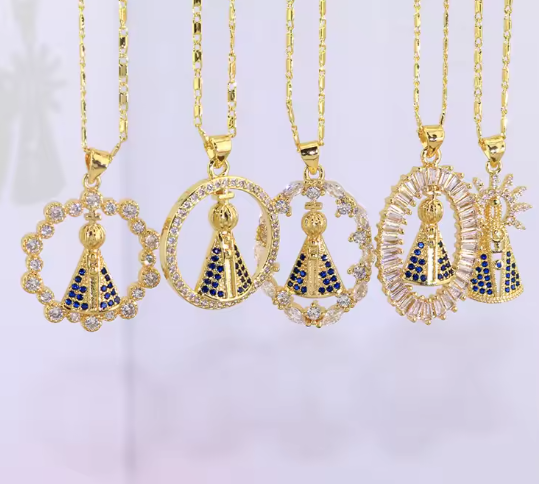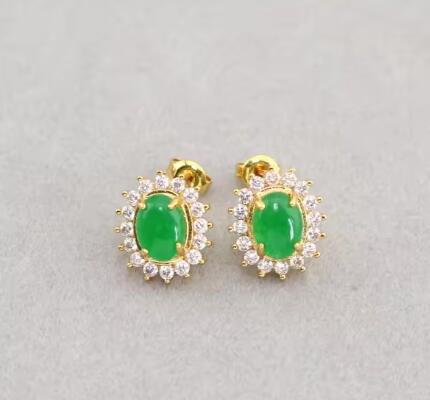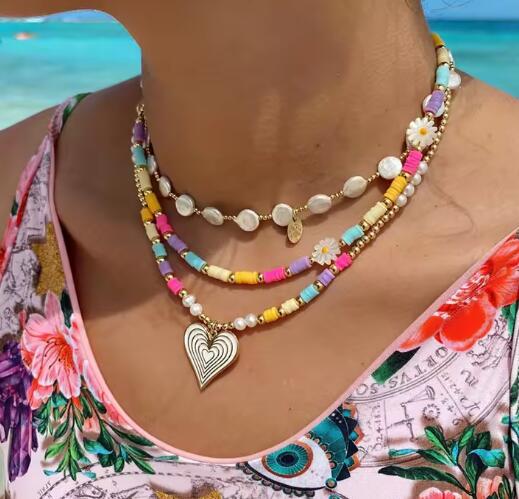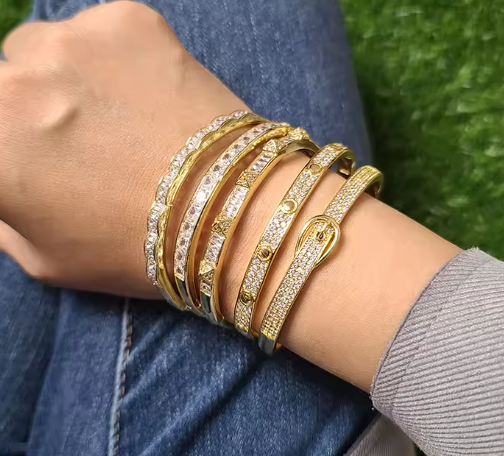Asian teens grow up in a culture where cartoon and character IPs are not just entertainment—they’re a core part of identity formation. This immersion creates a natural affinity for enamel jewelry that features these beloved motifs:
-
1)Anime and Manga as Cultural Cornerstones: In markets like Japan, South Korea, and China, anime (e.g., Demon Slayer, My Hero Academia, Spy x Family) and manga are integral to teen life. Unlike Western markets where anime is often niche, Asian teens frequently engage with anime through streaming platforms (Netflix Japan, Bilibili), merchandise collections, and even school clubs. Enamel jewelry excels at replicating the bold, detailed art styles of these IPs—from Studio Ghibli’s Totoro to Jujutsu Kaisen’s Sukuna symbols—turning favorite characters into wearable accessories. A 2024 survey by Japan’s Jewelry Trade Association found 72% of 13–19-year-olds owned at least one enamel piece with an anime character, compared to just 31% of adults aged 25+.
-
2)K-Pop Character Avatars: A Fan Connection Tool: K-pop’s global influence is amplified in Asian markets, and many top groups (e.g., BTS with BT21, SEVENTEEN with SVT Characters) release custom cartoon avatars to deepen fan engagement. These avatars become cultural touchstones for teen fans, who see enamel jewelry featuring them as a way to “wear their support.” In South Korea, teen-focused jewelry brand 10x10 reports that BT21-themed enamel necklaces and earrings make up 45% of its teen sales—three times the share of plain enamel designs. Platforms like KakaoTalk also drive demand, with enamel jewelry featuring Kakao Friends characters (e.g., Ryan, Apeach) ranking as top sellers for Korean teens.
-
3)Localized Characters: Relatability Drives Purchase: Beyond global hits, regional cartoon IPs resonate deeply with local teen audiences. For example, China’s Pleasant Goat and Big Big Wolf and Taiwan’s Lulu the Piggy have been staples of Asian teen childhoods, while in Southeast Asia, Upin & Ipin (Malaysia) and Doraemon (localized adaptations) hold strong appeal. Enamel jewelry featuring these characters feels more “personal” than international IPs—teens often associate them with childhood memories or local cultural references. On China’s Taobao platform, “local cartoon enamel jewelry” was searched 2.3 million times by teens in Q1 2024, up 68% year-over-year.
Teens use accessories to communicate their interests and build connections—and cartoon character enamel jewelry is uniquely suited to this need:
-
1)Identity Signaling Through Wearable Art: For teens, a Sailor Moon enamel ring or One Piece pendant isn’t just jewelry—it’s a “conversation starter.” Wearing these pieces signals membership in a community (e.g., “I’m an anime fan”) and helps teens find peers with shared interests. A 2023 survey of Chinese teens by Bilibili found 65% said they’d struck up a friendship after someone noticed their cartoon enamel jewelry. This “shared identity” is critical for teens navigating social dynamics, making character enamel pieces more than accessories—they’re social tools.
-
2)Social Media Visibility: Asian teens are highly active on Instagram, TikTok, and local platforms (e.g., Xiaohongshu in China, Instagram in Japan). Cartoon enamel jewelry’s bright, eye-catching designs perform well in photos and short videos—perfect for OOTD (outfit of the day) posts or “haul” videos. Brands like Japan’s Q-pot. and South Korea’s Stylenanda capitalize on this by launching “TikTok-friendly” collections: small, colorful enamel charms (e.g., a tiny Pokémon Pikachu) that look vibrant on camera. Teens often tag the brand or IP in their posts, creating organic viral marketing that drives further demand.
-
3) Budget-Friendly Collectibility: Enamel jewelry is inherently affordable, with cartoon character pieces typically priced at $8–$25 in Asian markets—well within the budget of teens who rely on allowances or part-time jobs (e.g., convenience store work in Japan, tutoring in China). Unlike silver or gemstone jewelry, which teens may only buy once, the low price point lets them collect multiple pieces (e.g., one for each Demon Slayer Hashira) to rotate with outfits. This “collectibility” drives repeat purchases: 58% of teen buyers in a Singapore-based survey said they’d bought 3+ cartoon enamel pieces in the past year.
While the trend is pan-Asian, the most popular cartoon motifs vary by market—reflecting local cultural preferences:
-
1) Japan: Classic and new anime IPs dominate. Teens favor minimalist enamel designs (e.g., a small Spirited Away No-Face stud earring, a thin Attack on Titan logo bracelet) that balance fandom with everyday wear. Vintage anime characters (e.g., Sailor Moon, Dragon Ball Z) also have strong appeal, as many teens inherit their parents’ love for these series.
-
2) South Korea: K-pop avatars and webtoon characters lead. BT21 and Kakao Friends are top-sellers, but webtoon IPs (e.g., True Beauty, Lookism) are growing fast—enamel jewelry featuring webtoon protagonists appeals to teens who read these digital comics daily. Designs tend to be dainty: think small enamel pendants on thin chains or stackable rings with tiny character faces.
-
3) China and Southeast Asia: A mix of global and local IPs. In China, Disney (e.g., Frozen, Zootopia) and Minions compete with local hits like Pleasant Goat; in Thailand and Malaysia, Upin & Ipin and Doraemon are top choices. Designs here are often more playful—think colorful enamel charm bracelets or statement earrings with large character heads—catering to teens who prefer bold, youthful styles.
The focus on teens isn’t accidental: older consumers (25+) often shift to “mature” jewelry styles (e.g., plain enamel, sterling silver, or pearl pieces) to align with adult identities. While many adults in Asia still enjoy cartoons, they’re less likely to wear character jewelry publicly—viewing it as “too youthful” for work or formal settings. This demographic divide further cements cartoon character enamel jewelry as a teen-focused category in Asian markets.

In summary, enamel jewelry with cartoon character motifs has unmatched appeal to teenage consumers in Asian markets, rooted in cultural IP ties, social expression needs, and budget-friendly collectibility. For brands targeting Asian teens, this style isn’t just a trend—it’s a way to tap into the passions and social lives of young buyers. As long as anime, K-pop, and localized cartoon IPs remain central to Asian teen culture, the popularity of cartoon character enamel jewelry will only grow.
